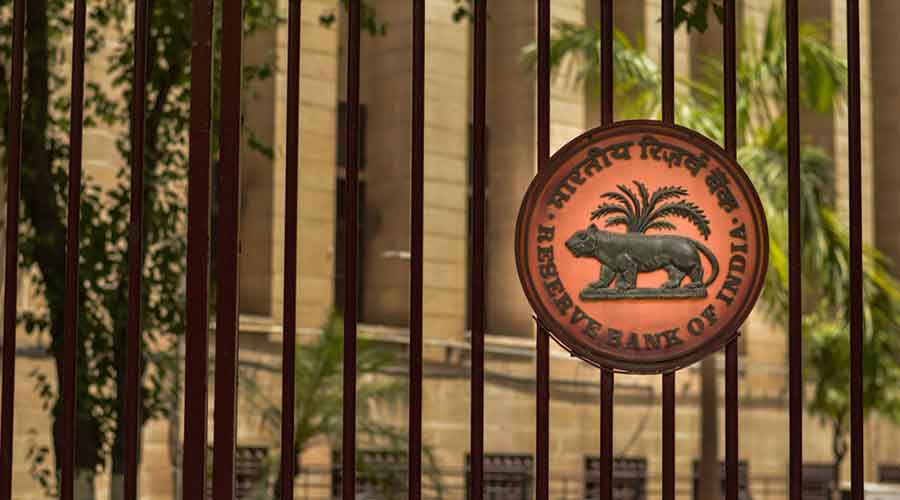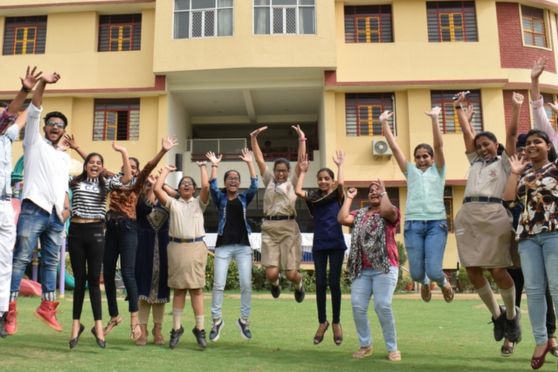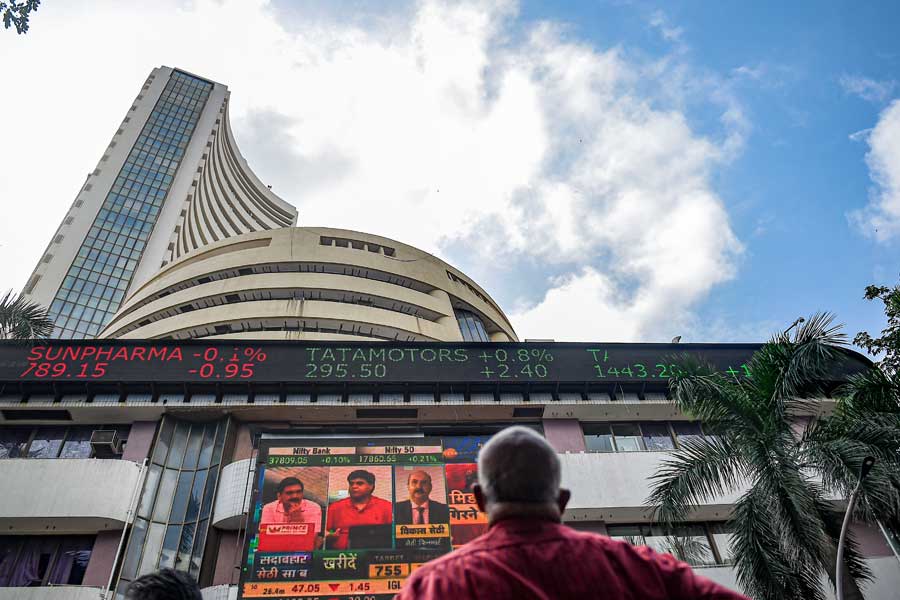The Reserve Bank of India (RBI) on Monday cautioned the asset quality of the banking system may deteriorate sharply even as the actual amount of bad loans remains unknown on account of a Supreme Court directive that bars the recognition of bad assets till further orders.
Besides, housing finance companies (HFCs) may need to brace for large slippages of loan assets and higher provisioning.
In its Report on Trend and Progress of Banking in India 2019-20, the RBI indicated the impact of the Covid-19 pandemic is yet to be fully felt, though the domestic economy has shown signs of recovery.
“In 2020-21, as policy support is rolled back, the impact of the Covid-19 pandemic may dent the health of the banks and non-banks.
It said the deadline for restructuring proposals is fast approaching and with the possible lifting of the asset quality standstill, banks’ financials are likely to be impacted in terms of asset quality and future income.
The RBI had announced a loan moratorium that ended on August 31 and a one-time loan restructuring scheme to help borrowers adversely affected by the pandemic.
The Supreme Court had on September 4 directed all accounts which were not non-performing assets (NPA) till August 31 this year should not be declared as bad loans till further orders.
Around 40 per cent of outstanding loans of banks and NBFCs till August opted for moratorium, according to the RBI.
The report provided data across three categories: 41 per cent of the retail loans till August availed moratorium; 69.29 per cent of MSME loans took the relief as did 34.28 per cent of the corporate loans.
The gross non-performing assets (GNPA) ratio of banks declined from 9.1 per cent of total assets at end-March 2019 to 8.2 per cent at end-March 2020 and further to 7.5 per cent at end-September.
The improvement was driven by lower slippages which declined to 0.74 per cent in September -and resolution of a few large accounts through the Insolvency and Bankruptcy Code (IBC).
However, the modest GNPA ratio of 7.5 per cent hides the strong undercurrent of slippage. “The accretion to NPAs as per the Reserve Bank’s Income Recognition and Asset Classification (IRAC) norms would have been higher in the absence of the asset quality standstill provided as a Covid-19 relief measure,” the report observed.
Here it said an analysis of published quarterly results of a sample of banks indicates that their GNPA ratios would have been higher in the range of 0.10 per cent to 0.66 per cent at end-September 2020.
Further, the share of special mention accounts, SMA-0 or loans in default for less than 30 days, witnessed a sharp rise in September 2020. This, the report said, may be an initial sign of stress.
"Looking ahead, the banking and non-banking sectors face both challenging times and new opportunities as the Indian economy returns to full vitality...Although stretched asset valuations are in apparent disconnect with the real economy, life support in the form of adequate credit flows to some of the productive and COVID-19 stressed sectors has been deficient. Going forward, restoration of health of the banking and non-banking sectors depends on how quickly the animal spirits return and the revival of the real economy," the RBI said.
There was also some good news in the report. It said that the number of frauds reported by banks in April-September 2020 period declined to Rs 64,681 crore from Rs 1,13,374 crore reported in the same period of the previous year.










